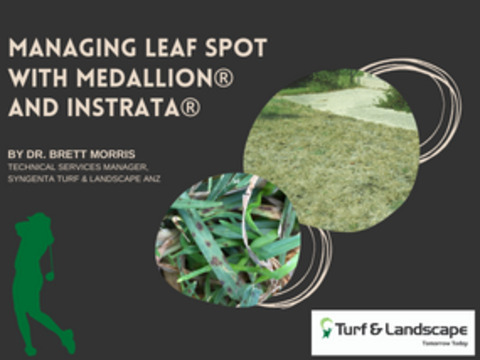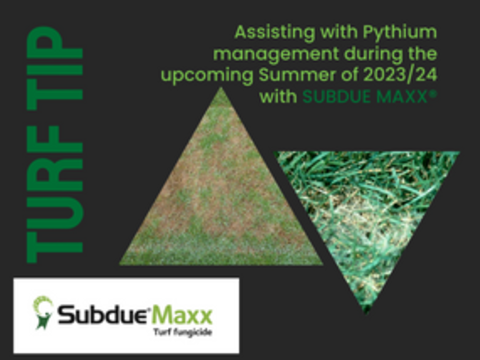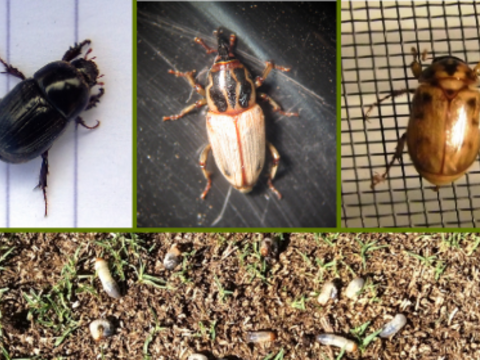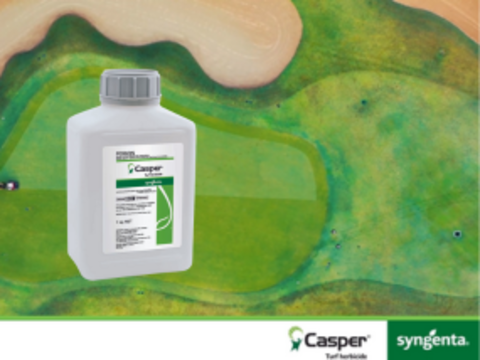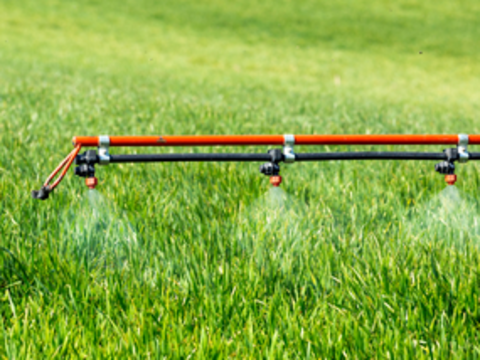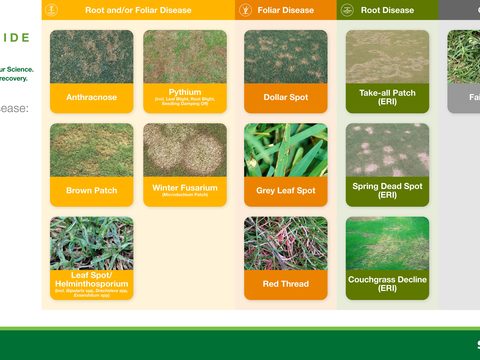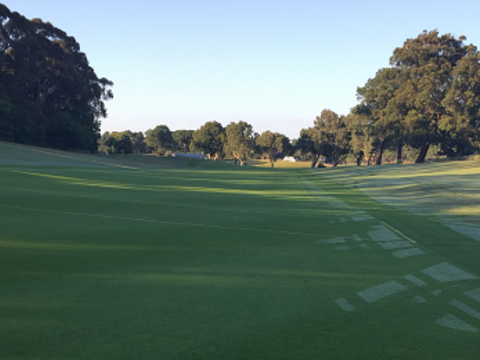Planning for herbicide success
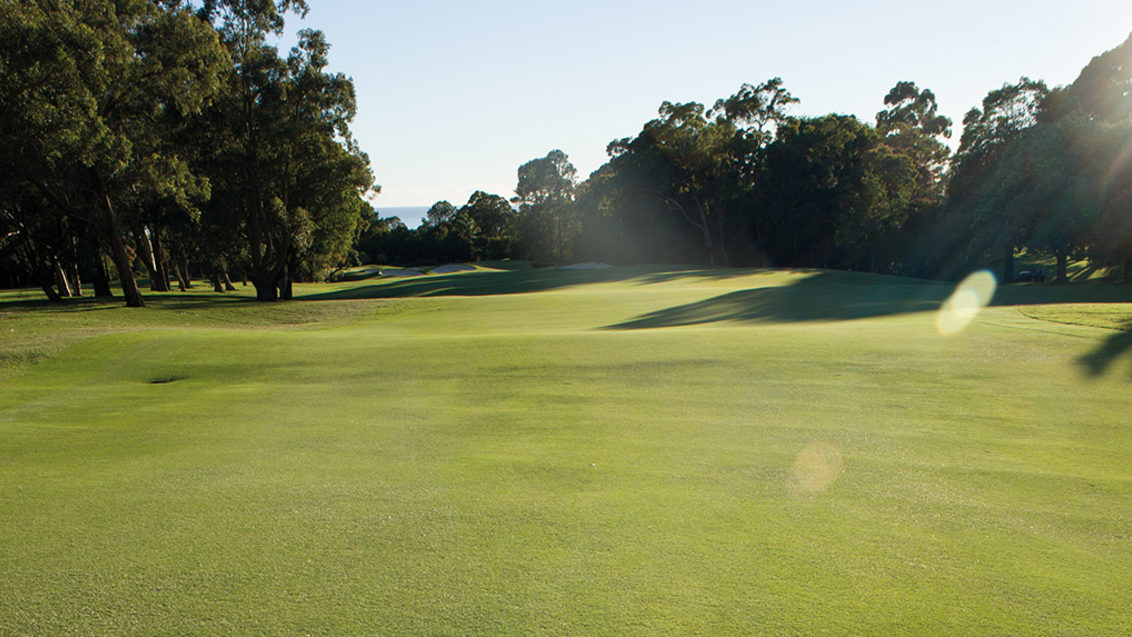
As many managers know, one of the keys to success is good planning. This is especially true when it comes to keeping turf weeds at bay. A proactive approach combined with the right strategy – not ad-hoc solutions – is what brings long-term results.
Herbicides form a significant part of most weed management programs, which means knowing your products will help you better plan your application. To assist you, here are 5 tips to keep in mind when treating your turf with herbicides.
1. Know your products
Having a good grasp of how different herbicides work will help you correctly apply the right combination for your needs.
- Pre-emergent herbicides such as BARRICADE are applied before weeds emerge to prevent germination, while post-emergent herbicides like MONUMENT LIQUID are used to control weeds that have already emerged from the soil.
- Contact herbicides affect the part of the plant they touch and do not move to other parts of the weed, while systemic herbicides are translocated through the plant, making them effective at killing perennial weeds that generate new foliage from roots.
- Foliar-applied herbicides, applied to the plant’s leaves, need to be properly absorbed and accurately applied while soil-applied herbicides like BARRICADE are absorbed by the roots of the plant before exerting their phytotoxic effect. They need to be washed into the soil after application.
2. Know your weeds
Understanding a weed’s lifecycle can help you properly time your herbicide application and maximise its effectiveness. In most cases, actively growing weeds are vulnerable to herbicide treatment, while older plants that are no longer growing – e.g. Ryegrass, which is present in turf in early October but no longer grows – are far harder to control as there is no capacity to systemically transport the active ingredient.
Implementing control programs before weed seed germination is also important, especially in high traffic areas where seeds can be tracked into other turf areas. Poa annua, for example, can produce up to 2,577 viable seeds per square metre in the upper layers of soil[1]. Dealing with these seeds proactively with a pre-emergent herbicide provides effective preventative control.
3. Be aware of resistance
Relying solely on herbicides with the same Mode of Action runs the risk of resistance as use of the same MoA imposes a selection pressure on the weed population leading to the selection of resistant biotypes. One indication of resistance occurring on your turf is when successfully controlled weeds are interspersed with randomly surviving ones.
Rather than using the same herbicide consecutively, rotate between herbicides with different Modes of Action. Tank mixing also reduces the potential for resistance by combining different modes. For example, BARRICADE with MONUMENT LIQUID can help prevent disease resistance by introducing different active ingredients into your weed management plan.
4. Pay attention to your environment
Environmental factors such as humidity, air and soil temperature and weather events have an impact on the success of your herbicide program. Extremes in soil temperature can slow plant metabolism, which reduces herbicide uptake. MONUMENT LIQUID, for example, provides less than optimal control when applied in the middle of winter at soil temperatures below 12 degrees. Weed receptiveness to foliar-applied herbicides is often better on sunny days, as sunlight enhances photosynthesis.
5. Consider a surfactant
Contact herbicides that are applied on the weed’s foliage have increased effect when they cover a greater area of the leaf surface. This is where a high-quality surfactant can help by reducing the surface tension between the herbicide and leaf. Products such as CASPER – a post-emergent herbicide taken up by the leaves, shoots and roots of target weeds – work best when applied with a non-ionic surfactant that does not influence the pH in the spray tank.
[1] Watschke et al., 1979

